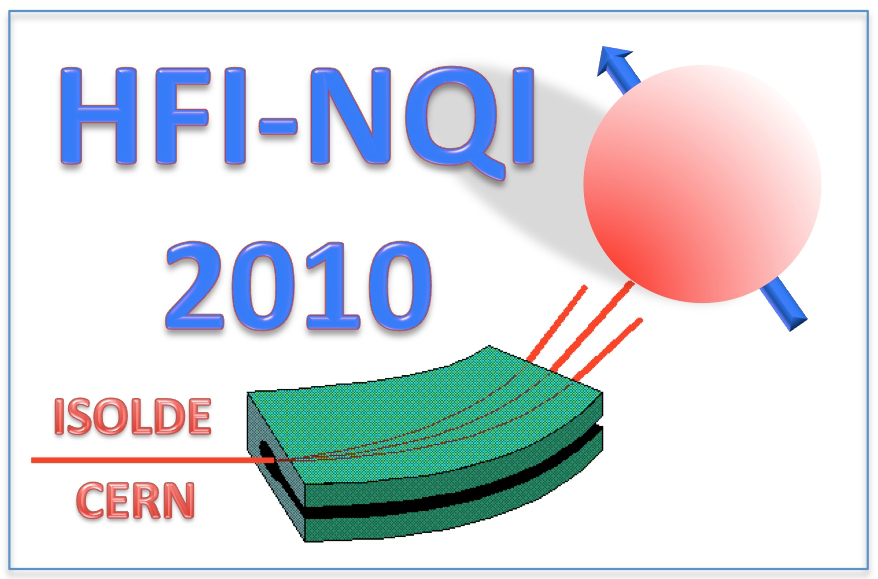Speaker
Mr
Shota Morikawa
(Kyoto University)
Description
Chloranilic acid has been widely studied as a proton donor forming hydrogen-bonds with various proton acceptors. Obtained complexes have been shown to have marked properties such as dynamic proton transfers, ferroelectricity, and so on. In the present study, we prepared a new chloranilic acid complex with 2-pyrrolidone in search for new solid properties by measurements of single crystal X-ray diffraction (SCXRD), 35Cl NQR, 1H NMR, and differential scanning calorimetry (DSC). Crystals of [chloranilic acid]-[2-pyrrolidone] (1:2) complex were obtained by slow cooling of an acetonitrile solution containing 2-pyrrolidone (pyrr) and chloranilic acid (H2ca). The crystals were identified by elemental analysis and SCXRD. In the structure, it was found that pyrr and H2ca molecules are connected by hydrogen-bonds and make up a one-dimensional chain structure with hydrogen-bond networks. The one-dimensional chains are stacked by π-π interactions in the crystals. On [H2ca][pyrr]2 crystals, we measured a temperature dependent 35Cl NQR lines and spin-lattice relaxation times by using a Bruker BioSpin AVANCEII system. Two 35Cl resonance lines were observed at room temperature (Phase I) in agreement with the SCXRD results. New four broad lines appear below 200 K (Phase II), where room-temperature two lines still persist with a gradually decrease of intensities upon cooling down to 175 K. Below 175 K (Phase III), another two lines with equal intensities appeared in the high frequency side. When heated from 77 K, these two peaks were repeated up to ca. 200 K where only the low-frequency peak disappeared. The high frequency peak survived with no anomaly at 200 K up to room temperature (Phase Ia), where the structure was shown to be different from the original one. It is expected that Phase Ia is stable and Phase I is a metastable phase. We believe this transition is due to an incommensurate structure.
| Please specify whether you would prefer an oral or poster contribution. | poster |
|---|
Author
Mr
Shota Morikawa
(Kyoto University)
Co-authors
Prof.
Hiroshi Kitagawa
(Kyoto University)
Prof.
Hiroyuki Ishida
(Okayama University)
Prof.
Ryuichi Ikeda
(Kyoto University)
Dr
Teppei Yamada
(Kyoto University)
